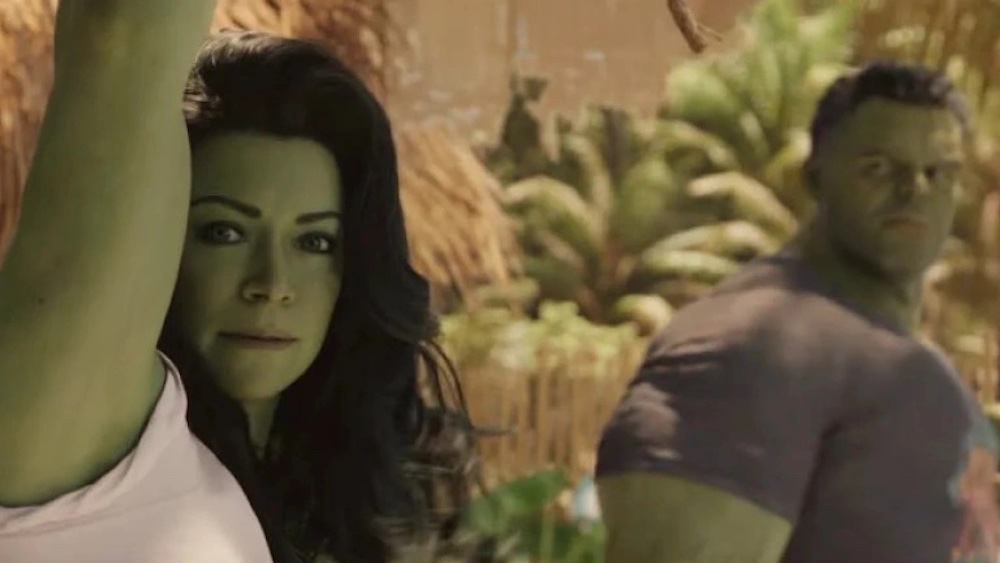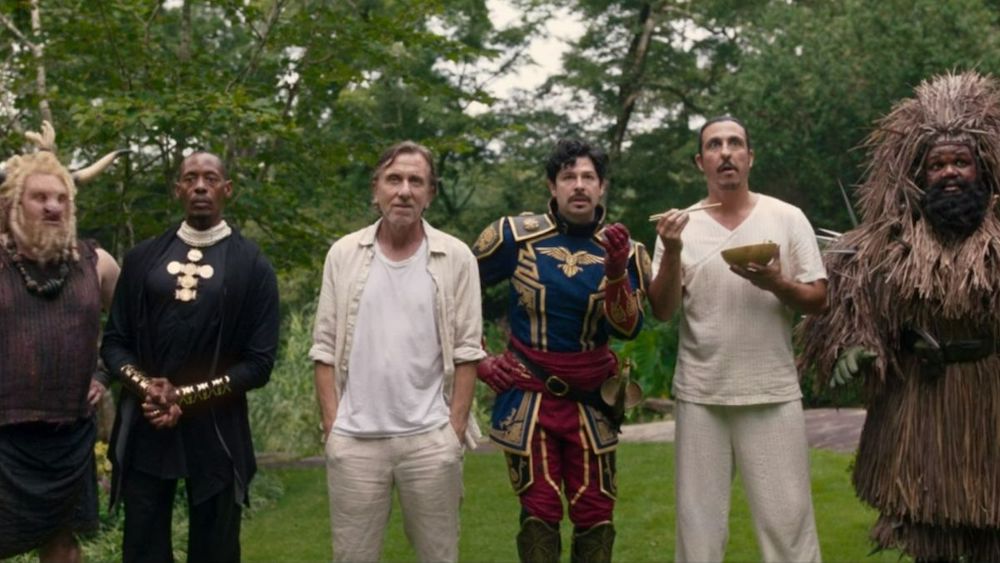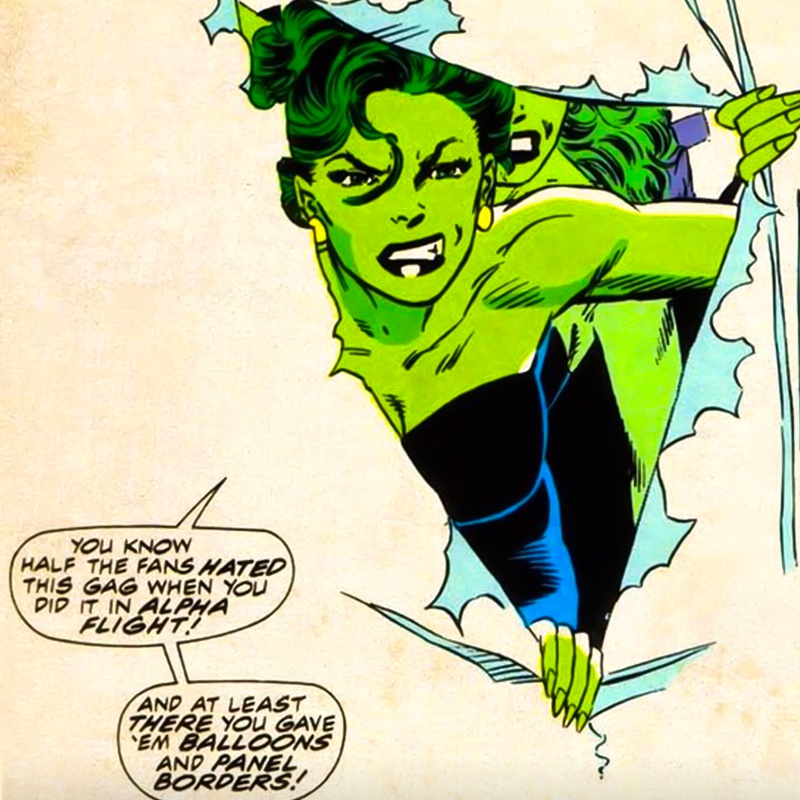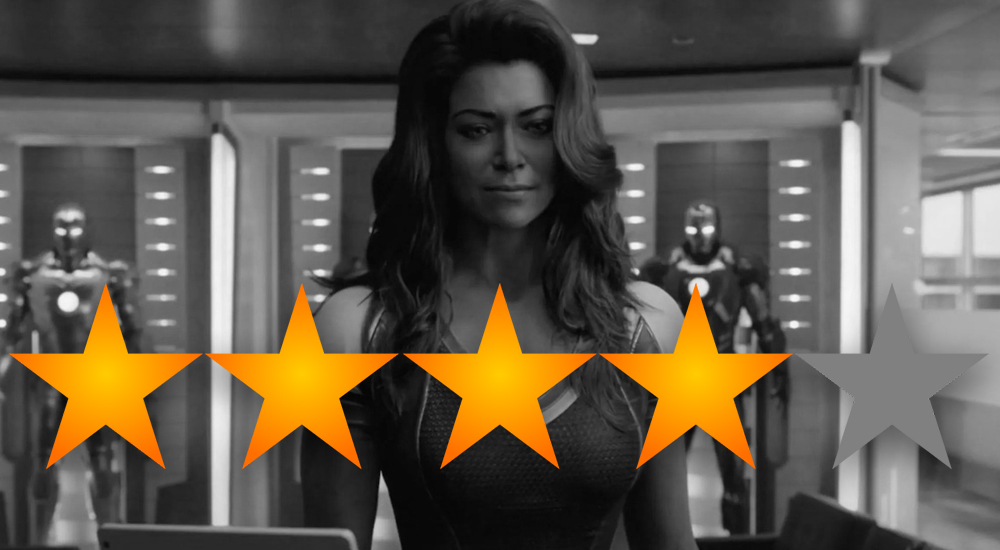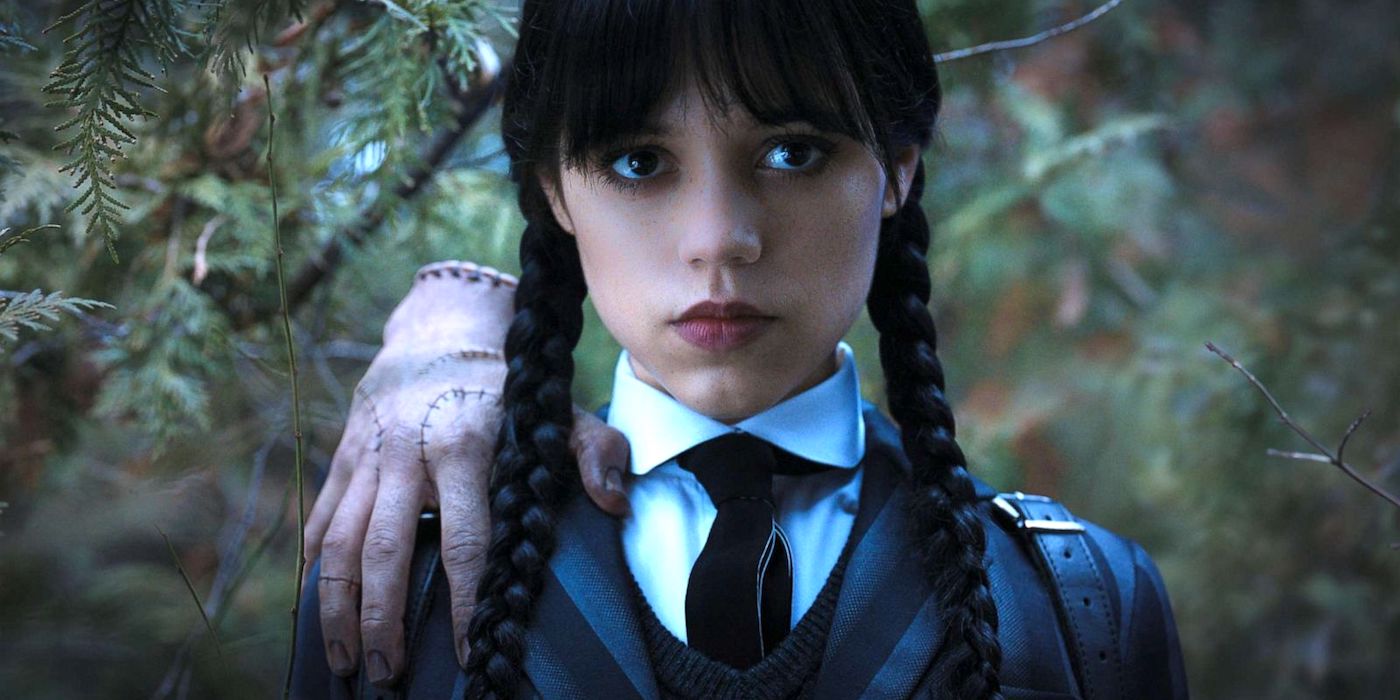‘She-Hulk’ Season 1 Smashed the Fourth Wall & My Funny Bone
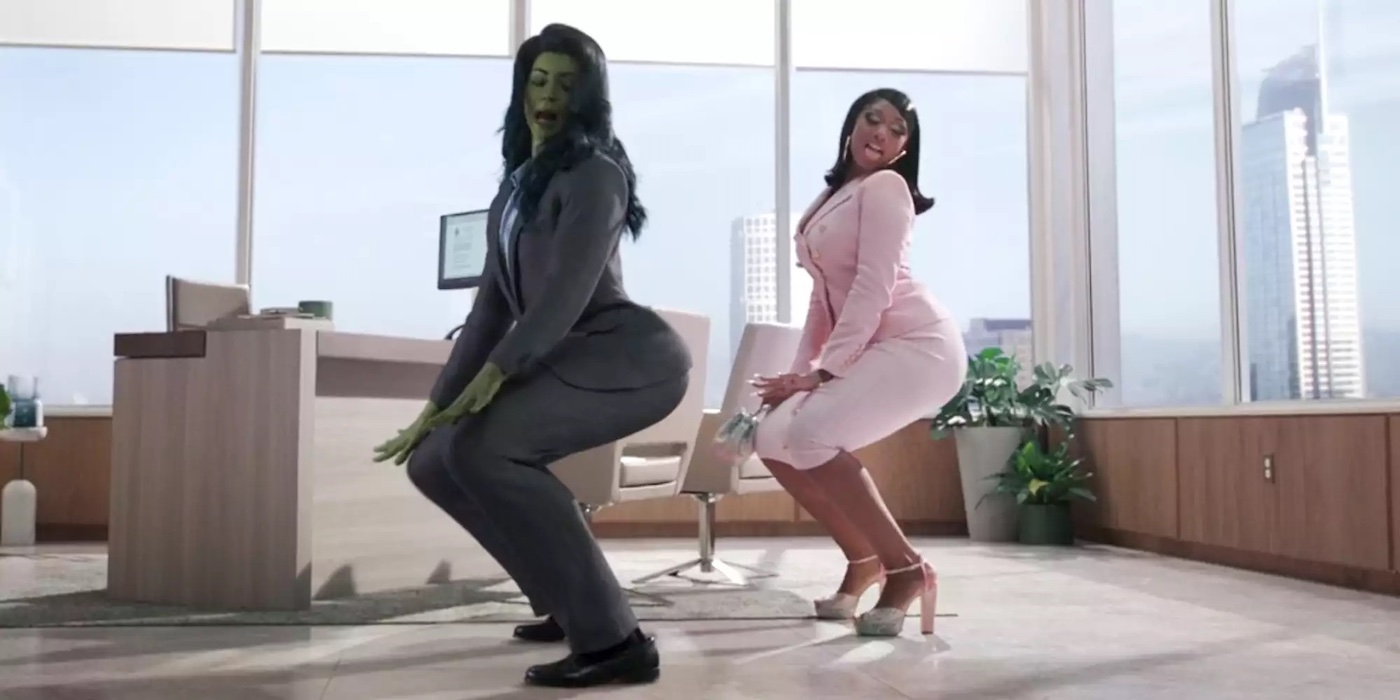

The MCU’s most recent series was packed with laughs, Marvel easter eggs, and character reveals. She-Hulk season 1 works on every level.
The first season of She-Hulk has wrapped. Throughout the season, we’ve met several new characters and built out a significant chunk of the MCU through comedy with a twist of legal drama. Underneath all the guffaws, Jessica Gao’s take on Shulkie and her world had some valuable commentary and compelling characterization. I said it after the premiere and I’ll say it again: sorry trolls, She-Hulk is really, really good.
The spoilers here will be mean, green, and gigantic. Proceed with caution!
Cameos, Cameos Everywhere!
With guest appearances from incredible superhumans like Bruce Banner, Titania, Wong, Daredevil, and Megan Thee Stallion, the series was already poised to be a crowd-pleaser. But each episode and story made perfect use of its appearances.
But the core cast of characters holds their own alongside each exciting appearance. Tatiana Maslany is clever and charming as Jennifer Walters, stealing the camera even when she’s not talking directly to it. Jen’s best friend Nikki Ramos (Ginger Gonzaga) gets in so many unforgettable quips and her expertise moves the plot forward in some necessary ways. Avongers 4 life.
Jameela Jamil’s role as the wealthy influencer Titania was spectacular. Her appearances throughout the story were a little discombobulated, and I’m not sure exactly why she shows up in the final scene (even if Jen does call it out to the audience).
Matt Murdoch’s integration into the MCU resulted in the best “walk-of-shame” ever. He’s funnier and a little more lighthearted (a Daredevil for the children!) The yellow suit was never my favorite, but hey, Charlie Cox makes it work.
The show also manages to create its own memorable characters. I am, of course, talking about Madisynn, played by Patty Guggenheim, who had better make future appearances in any Wong-related story, I’m just saying.
Commentary & Kindness
The first episode of She-Hulk saw Jen and Bruce working through the differences in their anger. Their conversations made some really relatable points about the lived experience of women and femme people.
The show ties themes of gender-based inequity with themes of empathy and emotional vulnerability. Emile Blonsky‘s parole is an entertaining method for ushering in some pretty important topics in this day and age. His tale of redemption and accountability is good, but it’s really the therapy circle, which sees a crowd of lovable D-list supervillains working through their emotions and genuinely supporting a woman through her own.
The Fourth-Wall Breaking Makes the Show
The season finale saw Jen break the fourth wall in a major way. I really enjoyed the ending fake-out; it’s absolutely in tune with the comics for Jen to literally break out of the narrative to address things. The MCU took full advantage of the opportunity to go meta, too. The inclusion of K.E.V.I.N. as an A.I. that produces plotlines was really cheeky – robotizing President of Marvel Studios Kevin Feige was a perfect climax.
Final Thoughts
Maybe it’s just because I’m 100% the target audience, but She-Hulk was mostly a smash for me. The show modernizes the smart, sassy, and sex-positive roots of her stories in the comics. But for all the fun and flirtiness of the series, I genuinely don’t understand why they bleeped out the chorus of Megan Thee Stallion’s hit song “Body”. Just say the word “titties,” Marvel!
Also, I’m calling it now – Skaar is going to stand in for Hulkling in the MCU’s Young Avengers.

